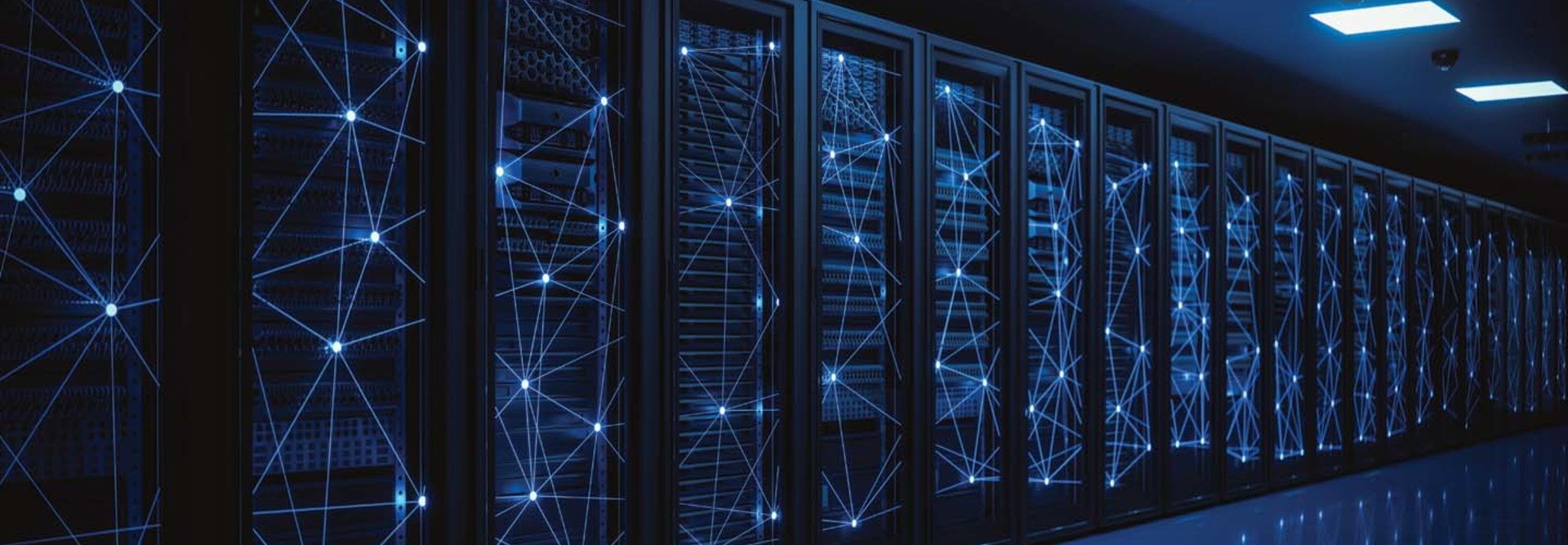Servers Combine High-Performance Computing and Deep Learning
The 16th generation of Dell PowerEdge servers was released in early 2023 and marks the greatest step forward in computing power for the brand in the past five years, writes Allen Clingerman, the chief technology strategist for server and workloads in North American channels at Dell.
The core processor upgrades are the result of a partnership between Dell, NVIDIA, Intel and AMD, which has resulted in a solution that allows for more cores per socket and leaps ahead with GPU accelerators “optimized for virtual desktop infrastructure, artificial intelligence and high-performance computing,” Clingerman writes. It’s the kind of processing power that supports both IT teams working remotely and researchers studying everything from supercomputers to the next generation of AI advances. Part of what is behind the more powerful servers is the incorporation of AI deep learning. Bringing in NVIDIA’s latest technology can decrease deep learning time for the servers “by a factor of 10” over previous generations, Clingerman writes.
Even with all of that increased computing power, Clingerman adds, the PowerEdge servers can still save physical space and energy consumption on campus. He estimates that one PowerEdge server can do the same work as five older-generation servers, allowing higher education institutions to save room and decrease their overall power consumption, something that can help universities reach their sustainability goals.
In addition to the core components, the PowerEdge also offers:
- PCIe Gen 5 solid-state drives that provide massive bandwidth upgrades and the fastest data transfers on the market
- GPUs from NVIDIA, AMD and Intel
- Advanced networking cards available from Intel, Broadcom, Marvell Technology, NVIDIA and others
AI Makes Managing the Latest Generation of Servers Even Easier
More computing power is great, of course, but only if higher education IT teams can get the most out of what they’ve been given to operate. Just as significantly, the server must offer the robust security protection demanded in higher education data environments that store and protect everything from their students’ personally identifiable information to proprietary (and sometimes highly sensitive) research data.
The latest PowerEdge servers come with access to Dell’s own tools, including the Integrated Remote Access Controller for offsite management, the OpenManage Enterprise console and CloudIQ, a tool that monitors server health through AI integration.
PowerEdge also was designed from the start with zero-trust security in mind, making it an ideal foundational building block for institutions beginning to adopt a zero-trust architecture.
Brought to you by:











